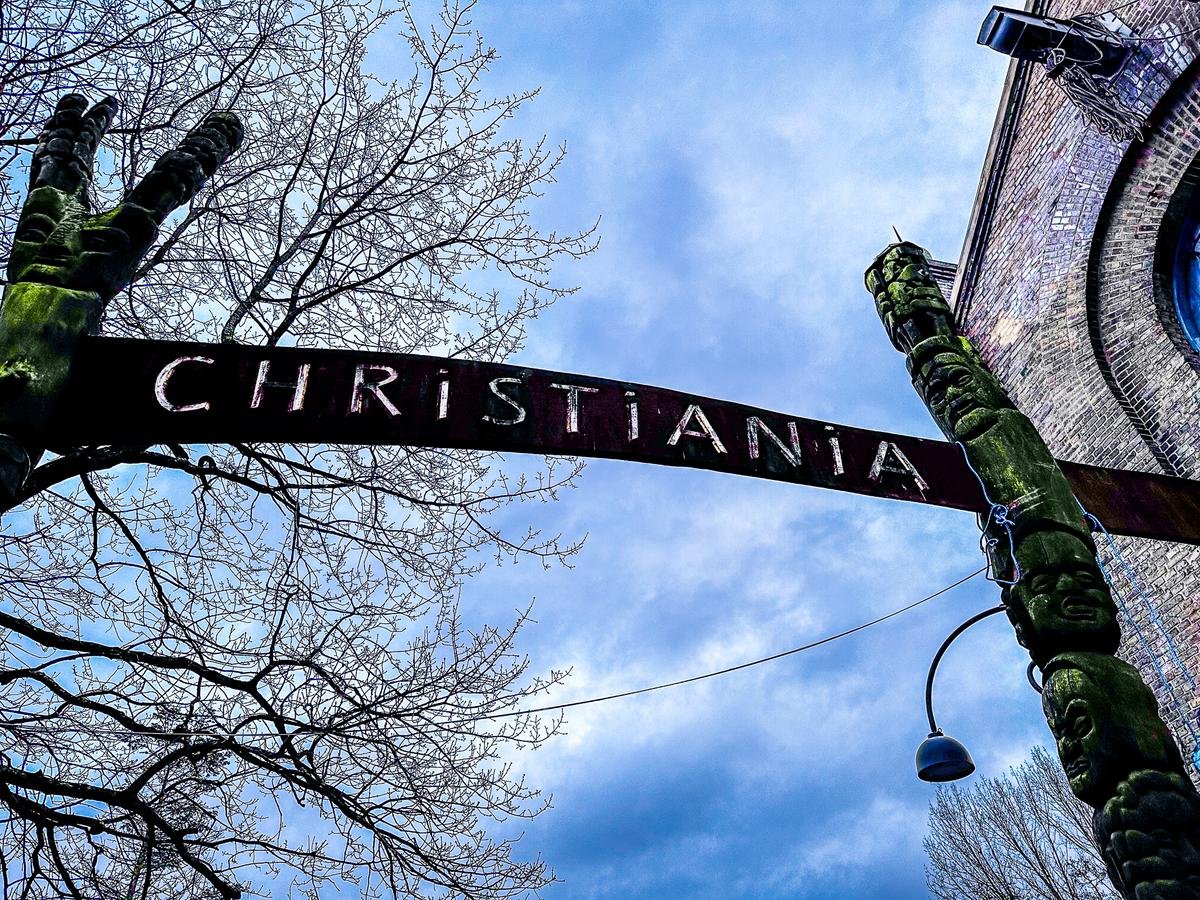Freetown Christiania: Cultural Heritage Reviews
6 min read
Welcome to our comprehensive travel guide for visiting Freetown Christiania, a destination known for its unique blend of cultural richness, history, and educational value in Copenhagen Municipality, Denmark. Here, you will find detailed insights into what makes Freetown Christiania such a unique cultural attraction.
About
Gallery
Details
Cultural Heritage Review
Overall Rating: 4.7 / 5
A Brief History: The Birth of a Hippie Haven
Freetown Christiania emerged in 1971 when a group of free-spirited individuals occupied an abandoned military base in Copenhagen’s Christianshavn neighborhood. What started as a squatter settlement quickly evolved into a self-governing community with its rules and social norms.
The Danish government initially viewed Christiania as a “social experiment” and allowed it to operate under special conditions. Over the years, the community has faced various challenges, including legal disputes and attempts at normalization, but has managed to maintain its distinct character and autonomy.
Navigating Christiania: What to Expect
As you enter Freetown Christiania, you’ll immediately notice the stark contrast to the rest of Copenhagen. The area is an incredible community of colorful buildings, street art, and alternative lifestyles. Here’s what you can expect during your visit:
-
Pusher Street: The infamous “Green Light District”
Pusher Street, once known for its open cannabis trade, has undergone significant changes in recent years. While the sale of cannabis is no longer tolerated, the street remains a central hub of activity in Christiania. Visitors can explore the various stalls selling handmade crafts, clothing, and jewelry.
-
Stunning Street Art and Murals
Christiania is a paradise for street art enthusiasts. The walls of buildings and fences are adorned with colorful murals, graffiti, and thought-provoking artwork. Each piece tells a story and reflects the community’s creative spirit.
-
Unique Architecture and Sustainable Living
One of the most striking aspects of Christiania is its eclectic architecture. From repurposed military barracks to whimsical self-built homes, the district showcases innovative approaches to sustainable living. Many structures incorporate recycled materials and eco-friendly design principles.
-
Green Spaces and Nature
Despite its urban location, Christiania boasts numerous green spaces and gardens. The community strongly emphasizes environmental consciousness, and you’ll find plenty of areas to relax and connect with nature.
-
Music and Cultural Scene
Christiania has a rich cultural heritage and hosts various events throughout the year. From live music performances to art exhibitions and workshops, there’s always something happening in this dynamic community.
Do’s and Don’ts: Respecting Christiania’s Culture
To ensure a positive experience and show respect for the local community, keep these guidelines in mind:
Do:
- Explore with an open mind and curiosity
- Support local businesses by purchasing handmade goods
- Engage in friendly conversations with residents (if they’re open to it)
- Enjoy the unique atmosphere and artistic expressions
Don’t:
- Take photos on Pusher Street or of individuals without permission
- Engage in illegal activities or purchase drugs • Litter or disrespect the environment
- Treat Christiania as a theme park – remember, it’s a living community
Hidden Gems: Off-the-Beaten-Path Experiences
While Pusher Street and the main thoroughfares attract most visitors, Christiania has many hidden treasures waiting to be discovered. Here are some lesser-known spots to explore:
-
The Children’s Theater
Tucked away in a corner of Christiania, the Children’s Theater hosts delightful performances and workshops for young visitors. It’s a testament to the community’s commitment to nurturing creativity from an early age.
-
The Meditation House
For those seeking tranquility, the Meditation House offers a safe space for reflection and mindfulness practice. Its unique architecture and peaceful ambiance starkly contrast the bustling energy of other parts of Christiania.
-
The Blacksmith’s Workshop
Witness traditional craftsmanship in action at the Blacksmith’s Workshop. Here, skilled artisans create intricate metalwork using time-honored techniques, showing Christiania’s dedication to preserving traditional skills.
-
The Recycling Station
Christiania’s commitment to sustainability is evident in its impressive recycling station. This innovative facility showcases creative ways to repurpose materials and reduce waste, inspiring eco-conscious visitors.
Culinary Delights: Vegan and Vegetarian Paradise
Christiania is a haven for plant-based food lovers. The district boasts an array of vegan and vegetarian cafes and restaurants, each offering unique culinary experiences:
- Morgenstedet: This cozy vegetarian cafe serves delicious organic meals in a charming, rustic setting. Their menu changes daily, ensuring fresh, seasonal offerings.
- Grønsagen: A vegan fast-food joint that proves plant-based cuisine can be both delicious and convenient. Try their famous vegan burgers and fries.
- Loppen: While primarily known as a music venue, Loppen also offers a fantastic vegetarian brunch on weekends, featuring an eclectic mix of dishes.
- Månefiskeren: This cafe and cultural center serves tasty vegetarian fare and has a program of live music and events.
The Impact of Tourism: Balancing Preservation and Accessibility
As Christiania has gained popularity among tourists, the community faces the challenge of preserving its unique character while accommodating visitors. The influx of tourists has brought both opportunities and concerns:
Positive impacts:
- Economic boost for local businesses
- Increased awareness of alternative lifestyles and sustainable living
- Cultural exchange between residents and visitors
Challenges:
- Potential commercialization and loss of authenticity
- Strain on local infrastructure and resources
- Disruption of daily life for residents
To address these challenges, Christiania has implemented various measures, including guided tours led by residents, designated visitor areas, and community-led initiatives to educate tourists about the district’s history and values.



